U.S. President Donald Trump has implemented a series of tariffs on imported goods, targeting specific products and countries as part of his administration’s trade strategy. The baseline tariff is set at 10% on all imports, with additional duties applied to select goods or trading partners. These measures are intended to protect domestic industries, encourage U.S. manufacturing, and address trade imbalances.
Country-Specific Tariffs
Several countries are currently subject to U.S. import tariffs, which vary by product and nation:
- Asia: China (30% on some products), India (25%, with an additional 25% threatened), Japan (15%), South Korea (15%), Vietnam (20% on some products, 40% for transshipments).
- Europe: European Union (15% on most goods), United Kingdom (10%, with some auto and metal imports exempt), Switzerland (39%).
- Americas: Brazil (50%, with lower rates for aircraft, energy, and orange juice), Canada (10% on energy, 35% on other products not under USMCA), Mexico (25% on products outside USMCA), Argentina (various rates).
- Africa: South Africa (30%), Algeria (30%), Nigeria (15%), Morocco (15%), and several other nations with tariffs ranging from 15–40%.
- Other regions: Australia, New Zealand, and selected Pacific and Middle Eastern countries are also subject to tariffs ranging from 10–25%.
Product-Specific Tariffs in Effect
The U.S. has imposed higher duties on certain categories, including:
- Steel and aluminum: 50%
- Automobiles and auto parts: 25%
- Copper pipes, tubes, and semi-finished products: 50%
Product-Specific Tariffs Proposed or Threatened
Additional tariffs have been announced or threatened but are not yet in effect, targeting products such as:
- Pharmaceuticals (up to 200%)
- Semiconductors (25% or higher)
- Films and movies (100%)
- Timber and lumber
- Critical minerals
- Aircraft, engines, and parts
- Certain electronics, including Apple iPhones (25%)
Impact and Negotiations
Tariffs may influence global trade flows, production costs, and consumer prices. Companies importing affected goods may pass some costs to consumers or adjust sourcing strategies. Ongoing trade discussions aim to address these tariffs, with negotiations continuing between the U.S. and several key trading partners, including China, Mexico, Canada, the European Union, and others.
Observers note that tariffs are a dynamic tool in U.S. trade policy. While some duties are already in effect, further adjustments and exemptions may be negotiated depending on bilateral agreements and compliance with U.S. trade law.
Summary
The U.S. tariff landscape now includes a combination of baseline duties, country-specific measures, and product-targeted levies. These measures are closely monitored by businesses, trade groups, and international partners as negotiations and potential adjustments continue.
#SupplyChainNews #TradeUpdate #Tariffs #GlobalMarkets #EconomicPolicy

















